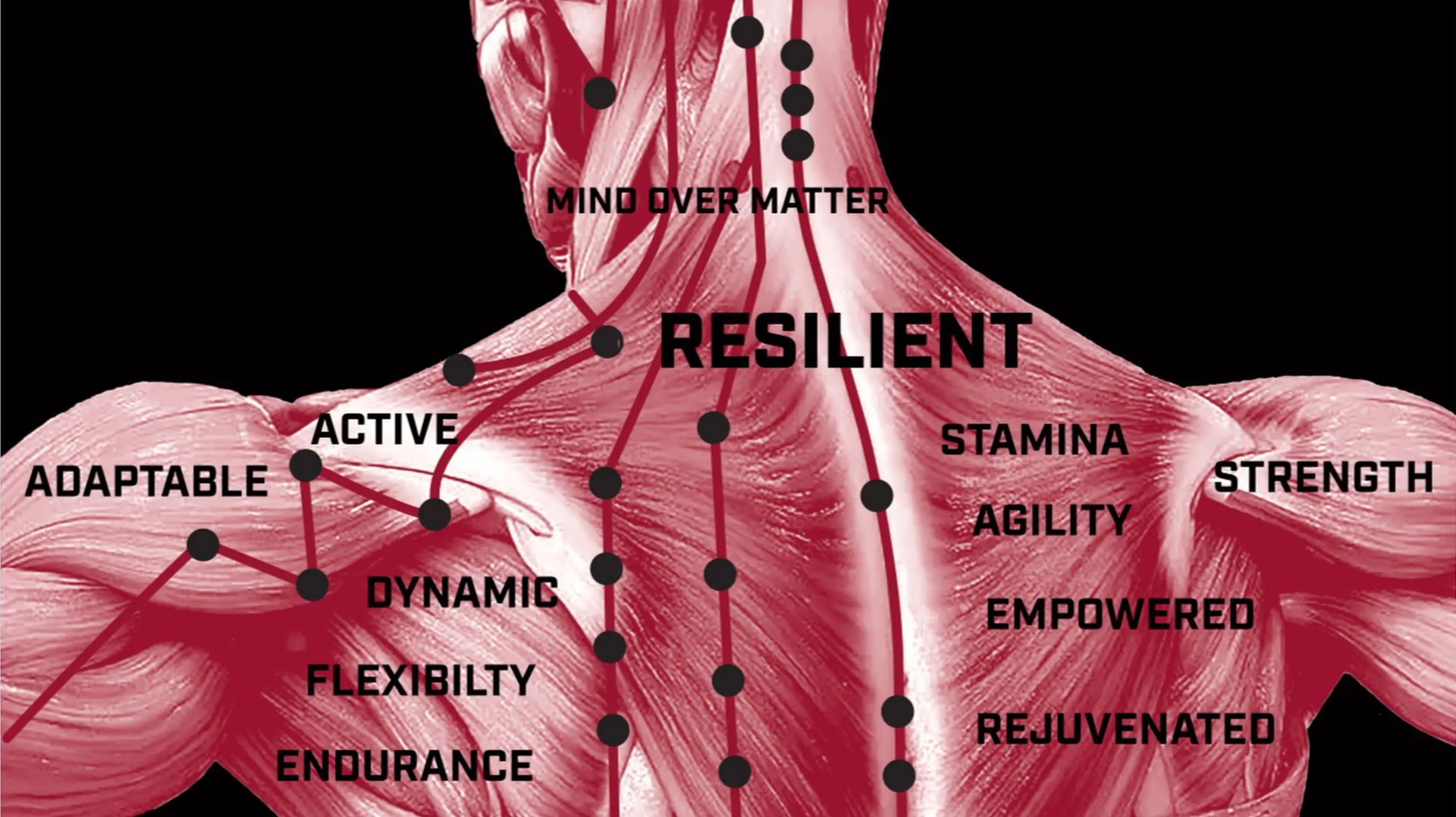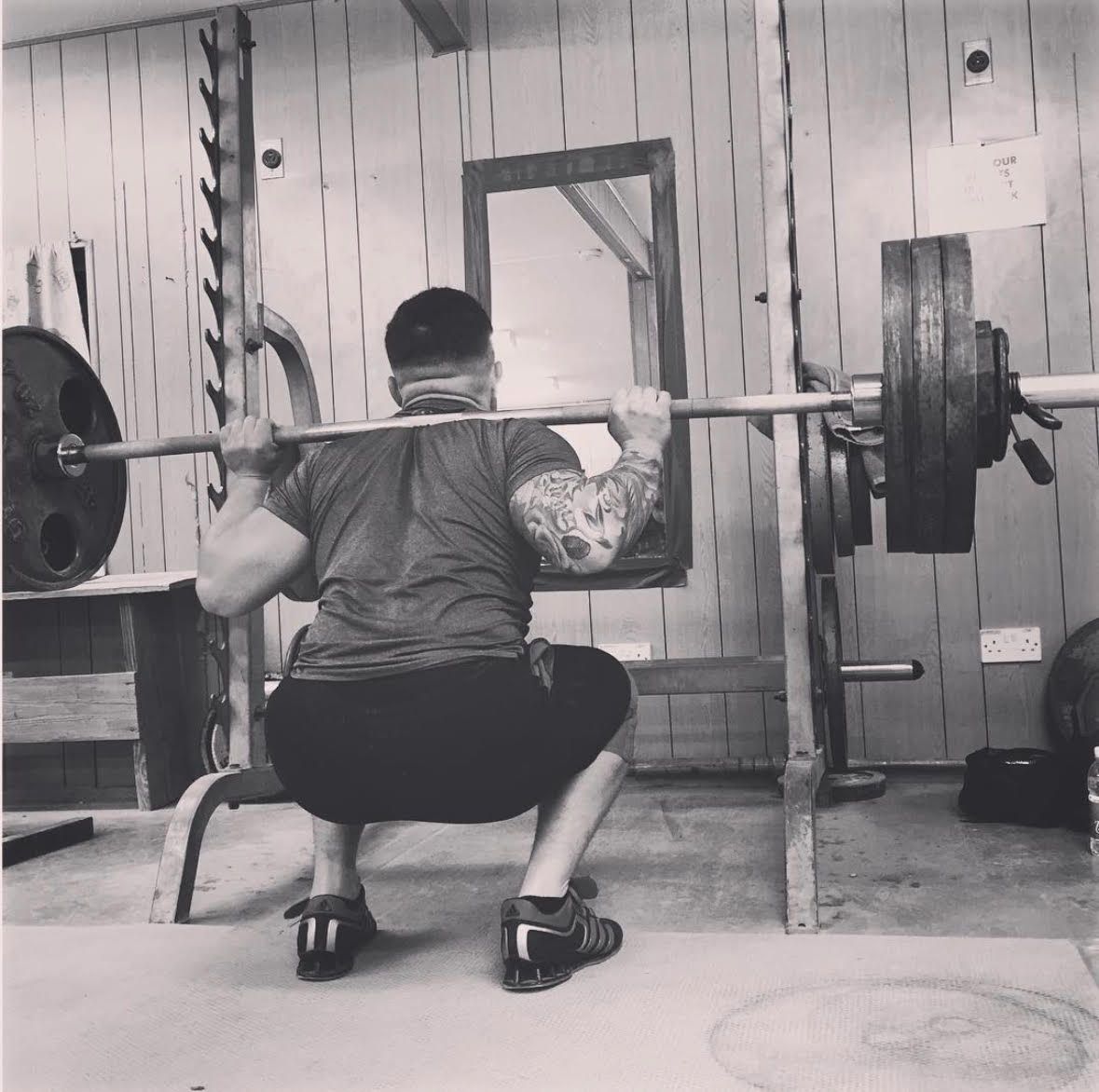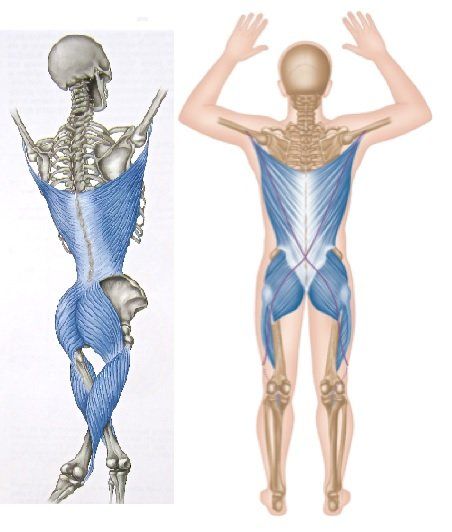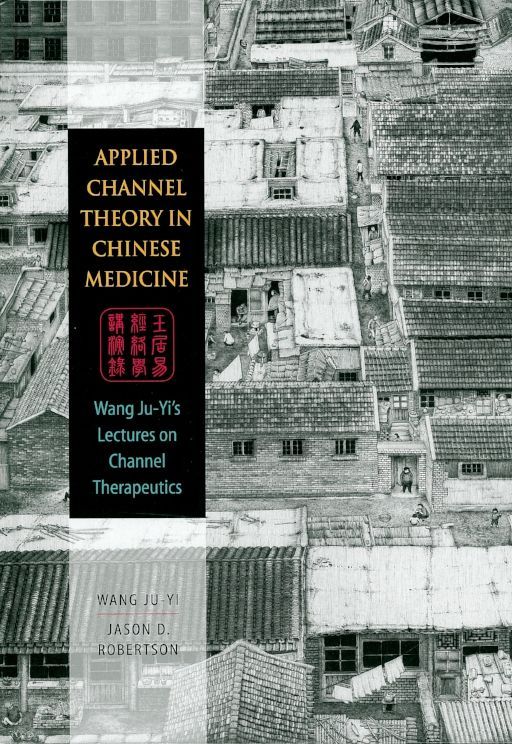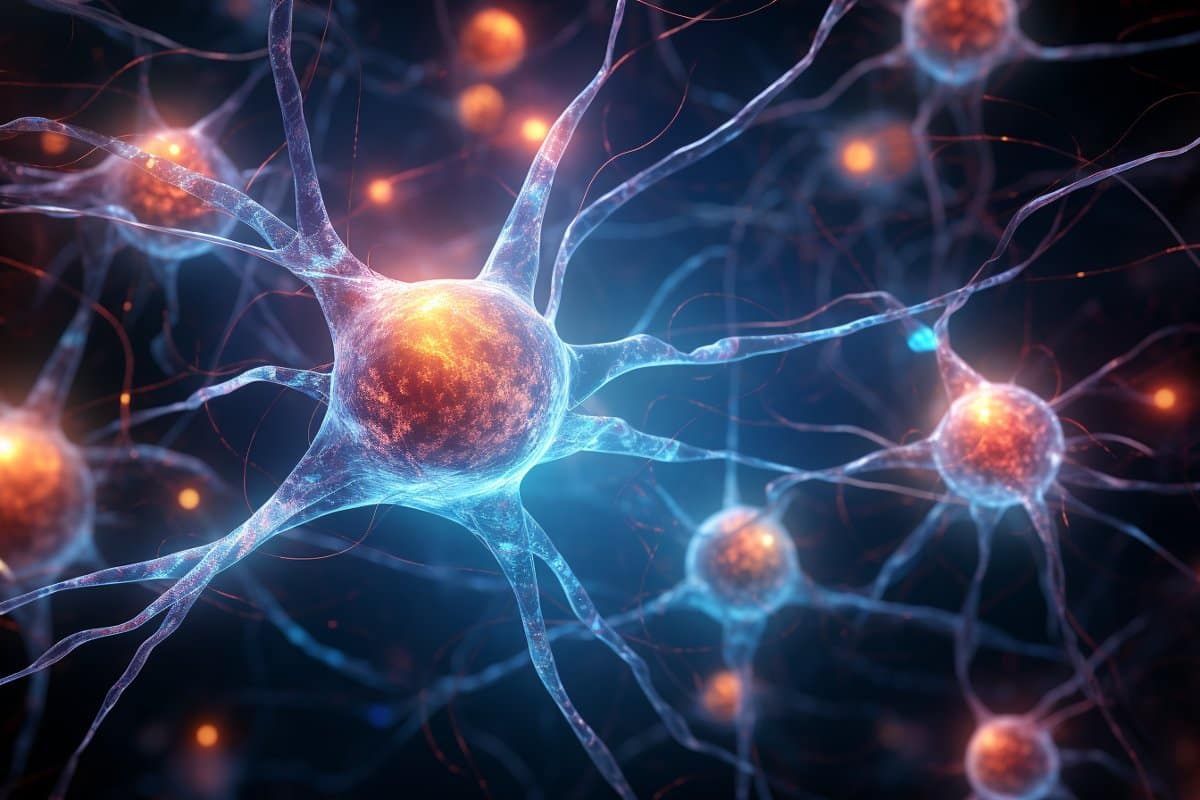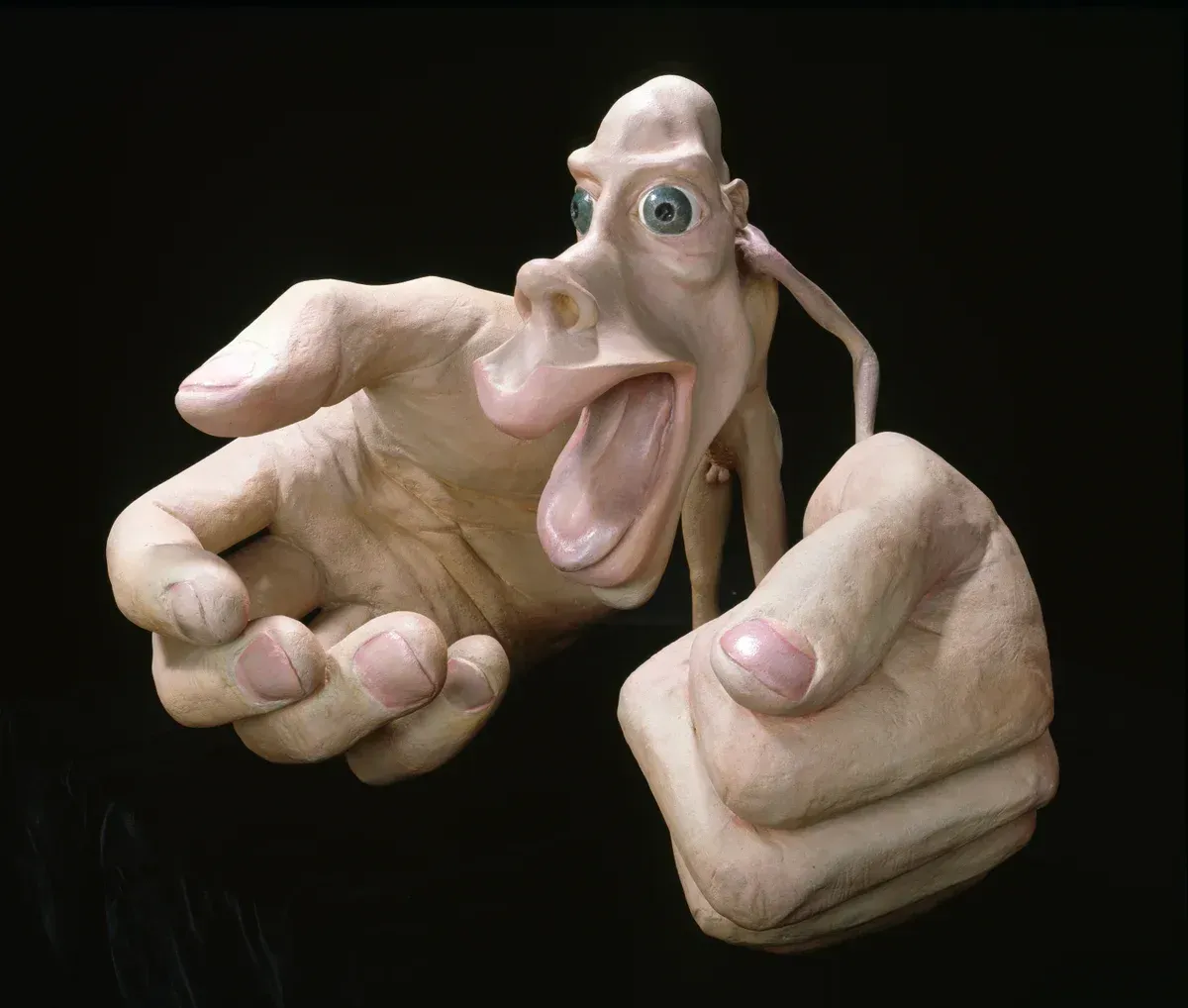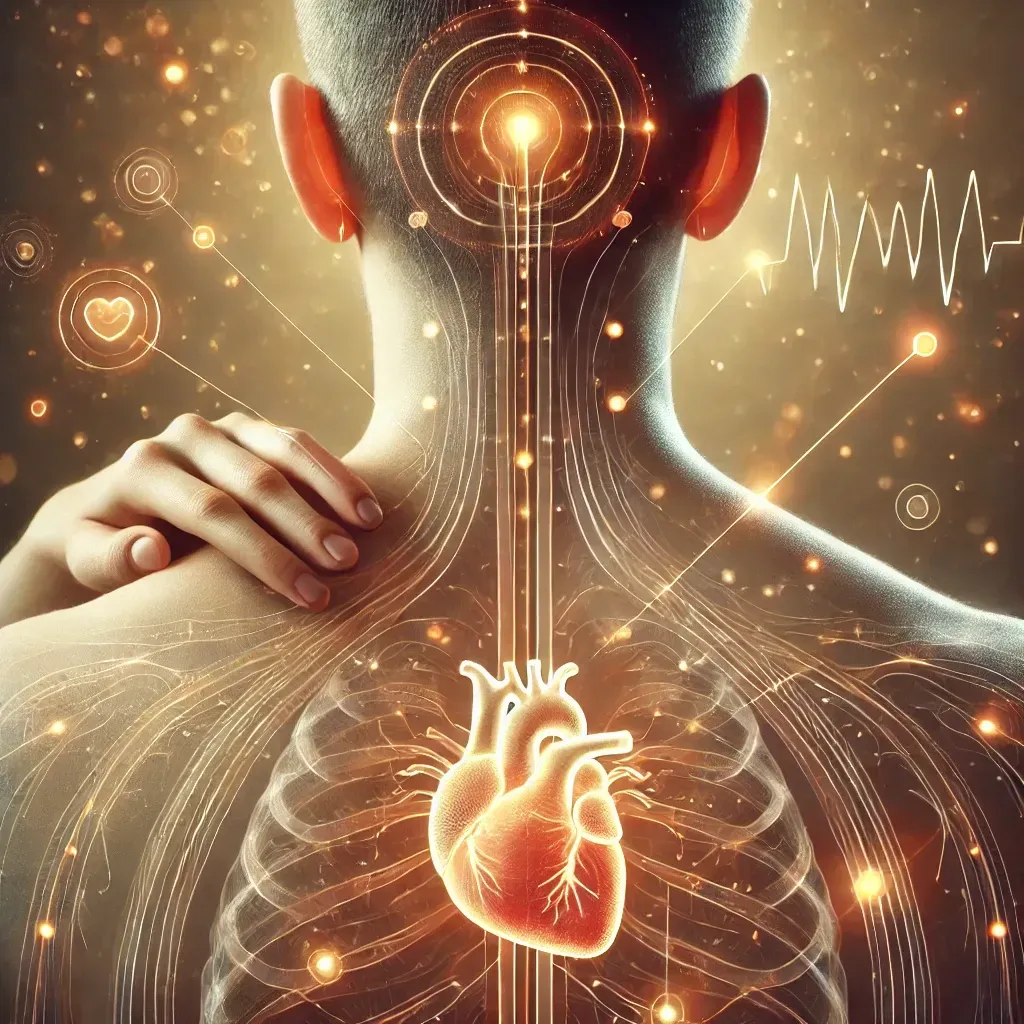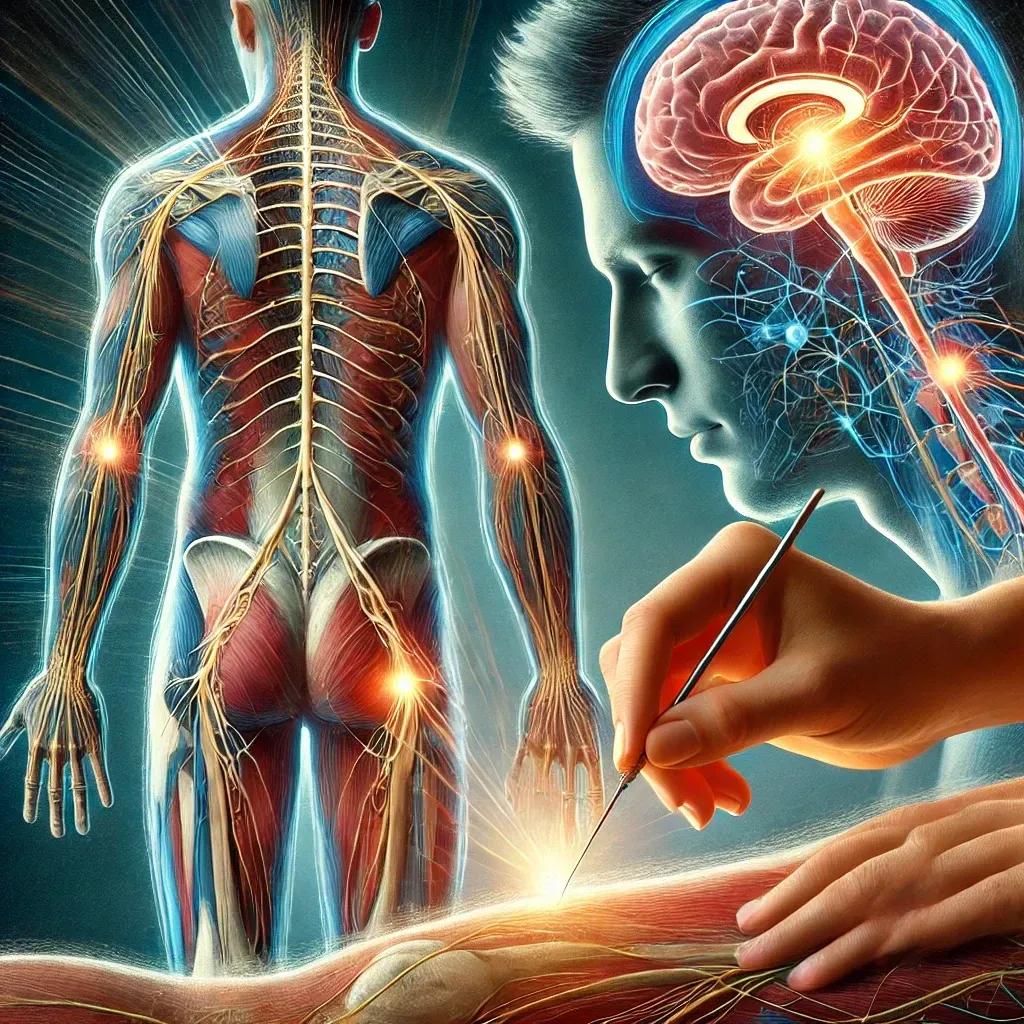
Somatic Sensory Afference: Therapeutics of Dry Needling? Acupuncture?...Semantics!
Somatic sensory afference refers to the transmission of sensory information from the body (soma) to the central nervous system (CNS) via afferent (sensory) nerves. This process allows the brain to perceive and respond to various stimuli, such as touch, pressure, temperature, pain, and proprioception (the sense of body position).
In essence, somatic sensory afference is crucial for our body's ability to perceive threat, respond to its environment via our awareness of physical state. This all effects how we can use modalities such as Dry-Needling and Acupuncture to desensitize our threat perception.
Key aspects of somatic sensory afference:
- Afferent nerves: These are the sensory neurons that carry signals from receptors in the skin, muscles, and joints to the spinal cord and brain.
- Somatic receptors: The receptors involved in somatic sensory afference detect mechanical (e.g., pressure), thermal (e.g., heat or cold), and nociceptive (pain) stimuli, as well as proprioceptive input about muscle stretch and joint position.
- Sensory processing: Once the sensory input reaches the CNS, it is processed and interpreted, allowing for conscious perception of external and internal conditions and enabling appropriate motor responses or other actions.
1. Connection: The Body’s Interconnectivity and Dry Needling
Dry needling offers a profound illustration of the body’s interconnectedness. For example, needling the gluteal muscles can induce sensations down the leg and into the foot, a phenomenon that reflects the fascial and neurological connections throughout the body. Similarly, needling the latissimus dorsi can provoke sensations extending into the arms and fingers, highlighting how the root of pain may not be in the area of primary discomfort.
This idea is supported by Shah et al. (2020), who discuss how pain in one region of the body can arise from dysfunction in another through regional interdependence. Myofascial trigger points, commonly addressed by dry needling, are not isolated but rather embedded within a continuous fascial network that connects distant body parts. The release of these trigger points not only alleviates localized pain but also contributes to overall neuromuscular balance and function.
2. Biofeedback: Understanding Movement Through Dry Needling
Dry needling serves as a form of biofeedback by eliciting specific neuromuscular responses, such as the characteristic twitch in a targeted muscle. After treatment, patients often experience soreness, akin to post-exercise soreness, which encourages awareness of movement patterns and dysfunctional habits. Over time, this awareness fosters improvements in proprioception and movement efficiency.
Tough et al. (2018) highlight this biofeedback mechanism in their systematic review, suggesting that dry needling not only provides immediate pain relief but also improves long-term neuromuscular function. This enhanced proprioception can help patients modify movement patterns that contribute to chronic pain or dysfunction, leading to sustained therapeutic benefits.
.
3. Emotional Release: Addressing Trauma Stored in the Body
Dry needling offers more than just physical pain relief; it can also serve as a catalyst for emotional release. Muscles such as the upper trapezius often store emotional stress and trauma, and releasing these trigger points can sometimes elicit emotional reactions, allowing for psychological healing in addition to physical recovery. This is consistent with the findings of Simons et al. (2021), who explore the connection between myofascial trigger points and emotional stress. Their research shows that trigger point release, particularly in muscles tied to the autonomic nervous system, can lower stress hormone levels and reduce psychological tension.
Moreover, van der Kolk (2014) in book, The Body Keeps the Score explains that unresolved trauma can manifest physically in the body, and techniques like dry needling can help unlock these stored emotional experiences.
Conclusion
Dry needling highlights the complex interconnectivity between muscles, nerves, and emotions. By understanding how the body is interconnected, utilizing biofeedback from neuromuscular responses, and acknowledging the emotional release that may accompany treatment, dry needling provides a comprehensive approach to healing.
The combination of physical and emotional benefits supported by modern research makes this technique a valuable tool in addressing both musculoskeletal pain and deeper psychological tensions.
Call to Action
If you’re curious about how dry needling can help you or are experiencing pain in one part of your body but suspect the root cause lies elsewhere, feel free to schedule a consultation with us at Resilient Acupuncture + Mobility today.
References
- Shah, J. P., et al. (2020). Myofascial trigger points: Regional interdependence and mechanisms of pain. Journal of Bodywork and Movement Therapies, 24(1), 1-9. https://doi.org/10.1016/j.jbmt.2019.09.012
- Tough, E. A., et al. (2018). Effect of dry needling of myofascial trigger points on pain and function: A systematic review and meta-analysis. Pain Medicine, 19(2), 230-241. https://doi.org/10.1093/pm/pnx207
- Simons, D. G., et al. (2021). Trigger points and emotional release: Mechanisms and evidence. The Journal of Alternative and Complementary Medicine, 27(6), 450-457. https://doi.org/10.1089/acm.2021.0211
- van der Kolk, B. (2014). The body keeps the score: Brain, mind, and body in the healing of trauma. Viking.
